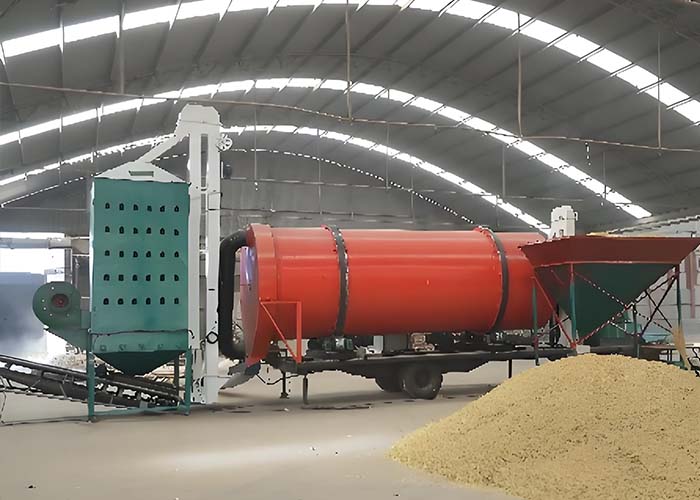SEARCH WHAT YOU WANT
Search allProductNews
SEARCH
A grain dryer is a device used for drying grains. Its working principle mainly includes heating and drying, ventilation circulation, temperature control, humidity monitoring, and automatic dehumidification.

This website uses cookies to improve your browsing experience. By continuing to use this site, you accept the use of our cookies. Data collected from this website is processed and stored in the United States.
